
This cemetery, now commonly referred to as the Flipper Cemetery, is one of the oldest municipal burial grounds for African-Americans in Thomasville. Also known as the old Magnolia Cemetery, it’s distinguished by methodical plantings of oaks and other shade trees and is a well-maintained historical resource.
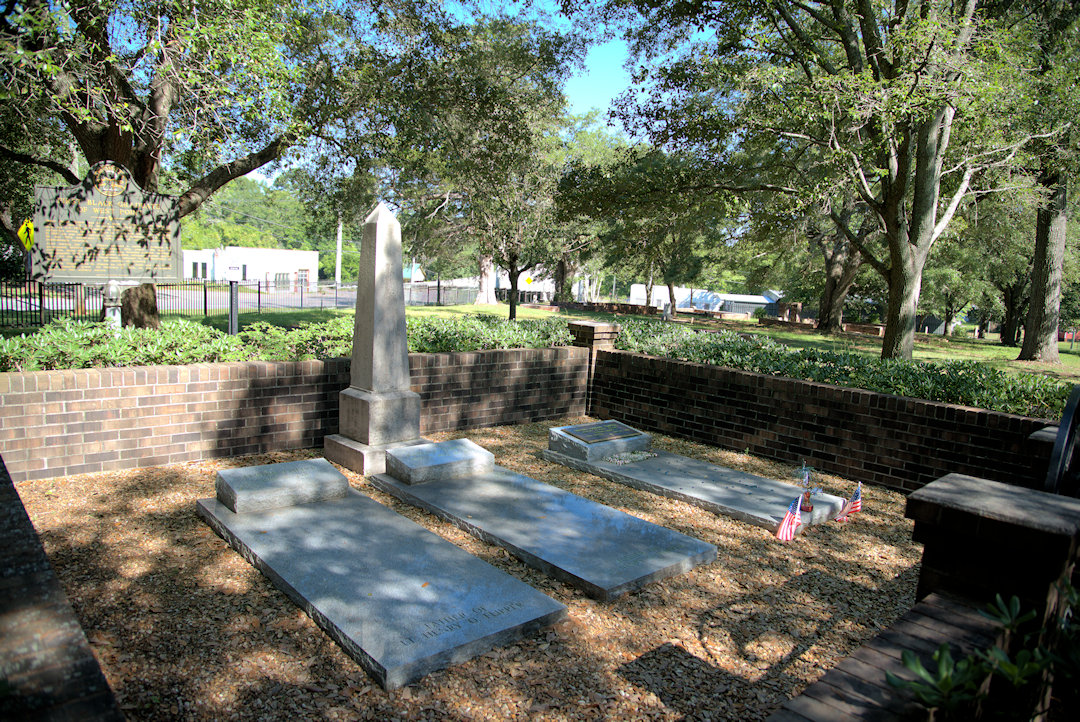
Significantly, it’s the final resting place of Lt. Henry Ossian Flipper, the first Black graduate of West Point. Lt. Flipper died in Atlanta in 1940 and was buried in South View Cemetery. In February 1978, his remains were exhumed and he was re-interred in his hometown.
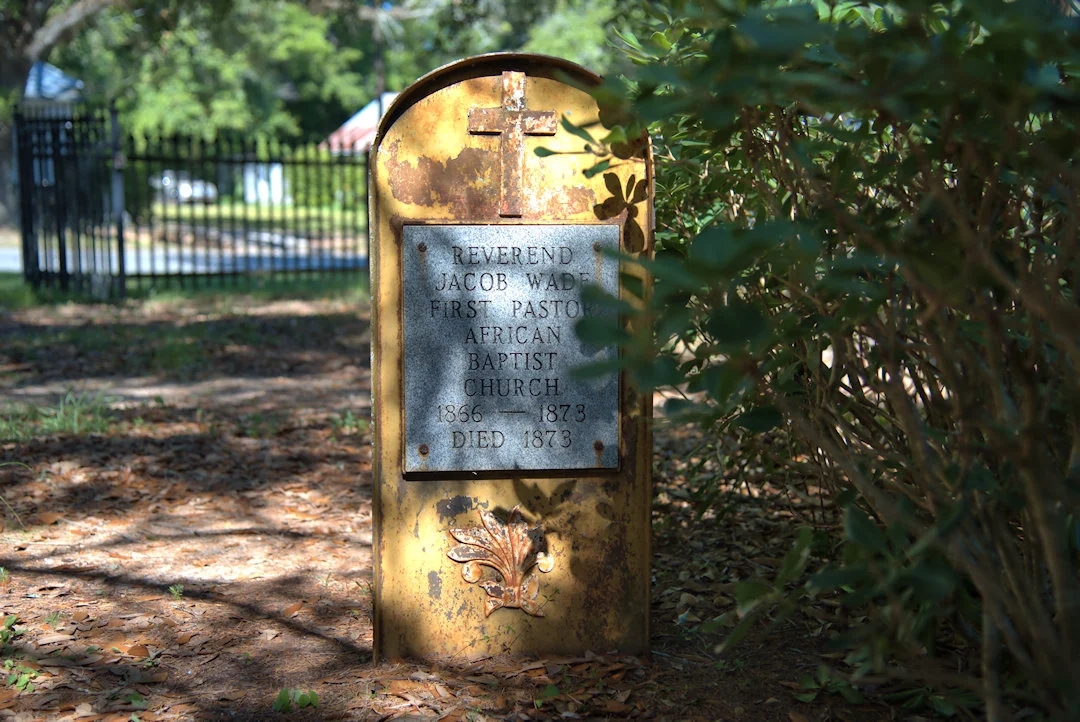
But it is also important for the numerous other prominent Black citizens of 19th-century Thomasville, including Rev. Jacob Wade, the first pastor of the African Baptist Church. Additionally, there are a few important vernacular monuments present, most importantly the three crosses and the Ruis obelisk. There are also quite a few typical Victorian and early-20th century memorials.

The birth and death dates are unknown, and with Dall Mitchell and Benetta Lowry, the names are not certain. Those two crosses have been repaired and it’s possible that information was lost. They are quite unusual and vernacular landmarks.

This shows the loss of part of the letters from the original monument, which was obviously taller than it is in its present configuration, and the challenge of identification.
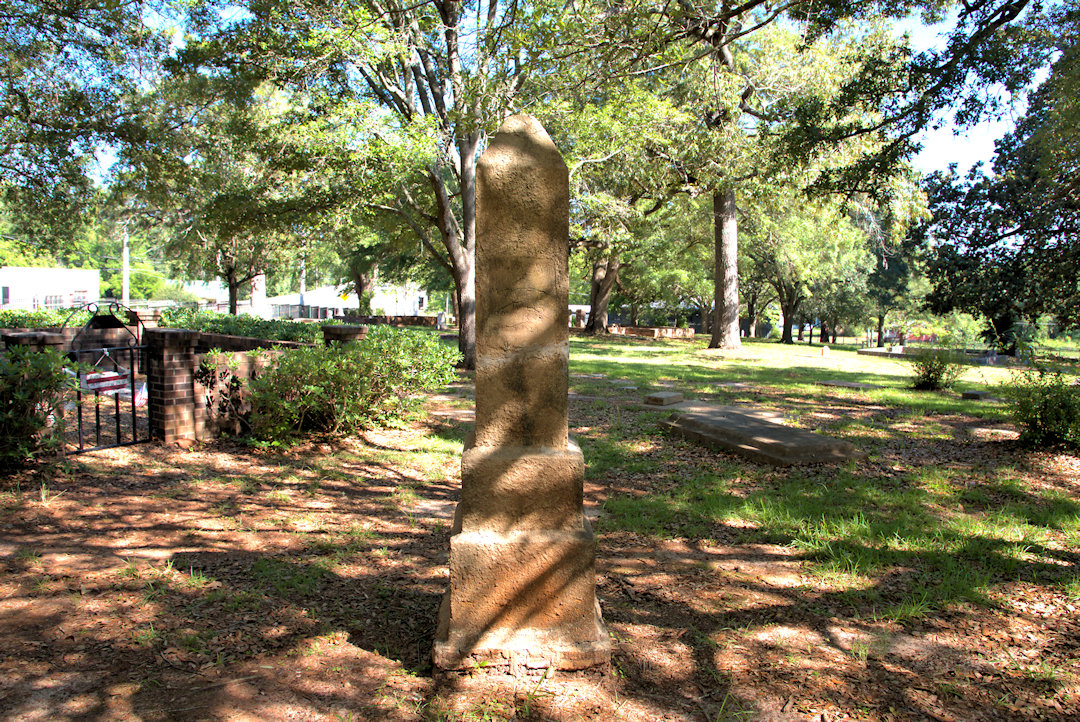
The Ruis-Wiggs obelisk is a concrete vernacular copy of other monuments common at the time, usually accomplished in marble or granite.

Margaret and Mattie Ruis (1859 or 1869-1911) are memorialized on the obelisk, as well as Shep W. Wiggs (birth and death dates indiscernible).

There are numerous brick grave markers like the one seen above. Most do not identify the decedent and therefore present a great challenge for identification.

This is one of several damaged memorials in Flipper Cemetery that have been repaired.
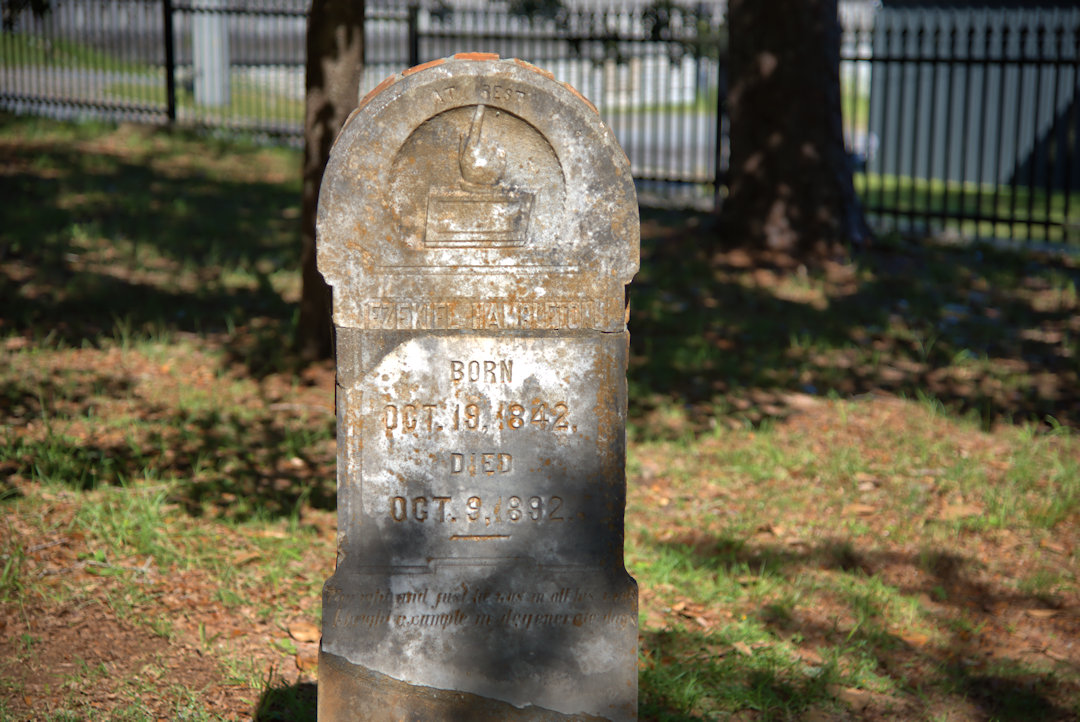
The presence of so many manufactured headstones in a Black cemetery of this era is an indication of a thriving and growing Black middle class.
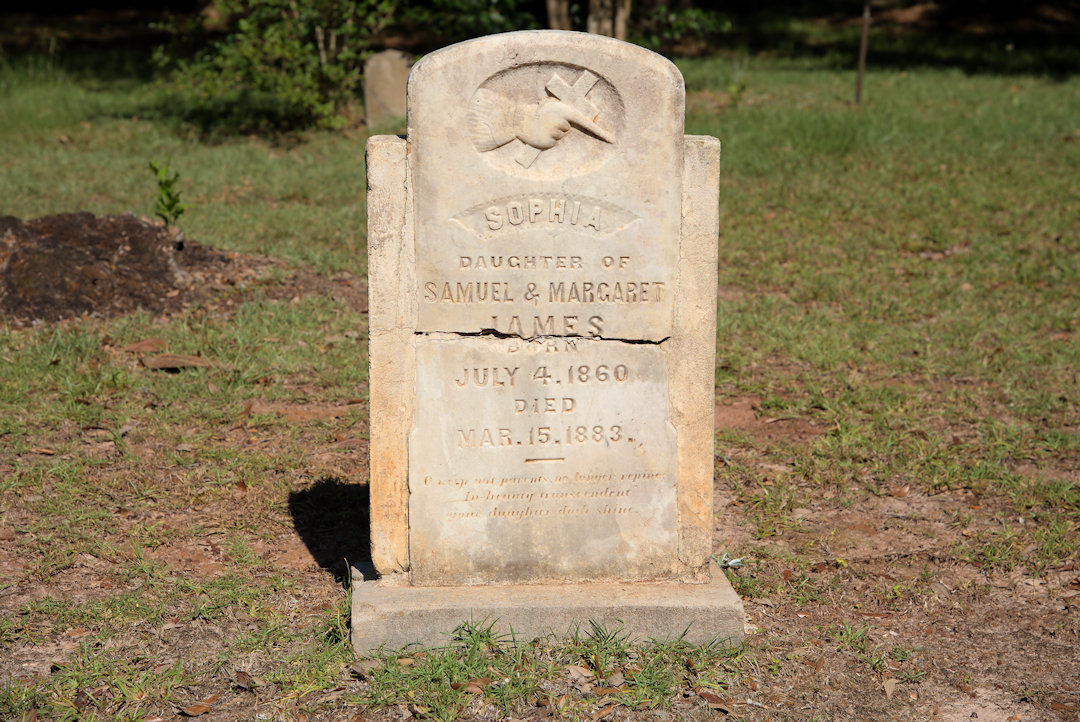
It appears, considering all the broken memorials, that the cemetery was once very poorly maintained, but thankfully, someone took the time and care to repair nearly all of the damaged stones.
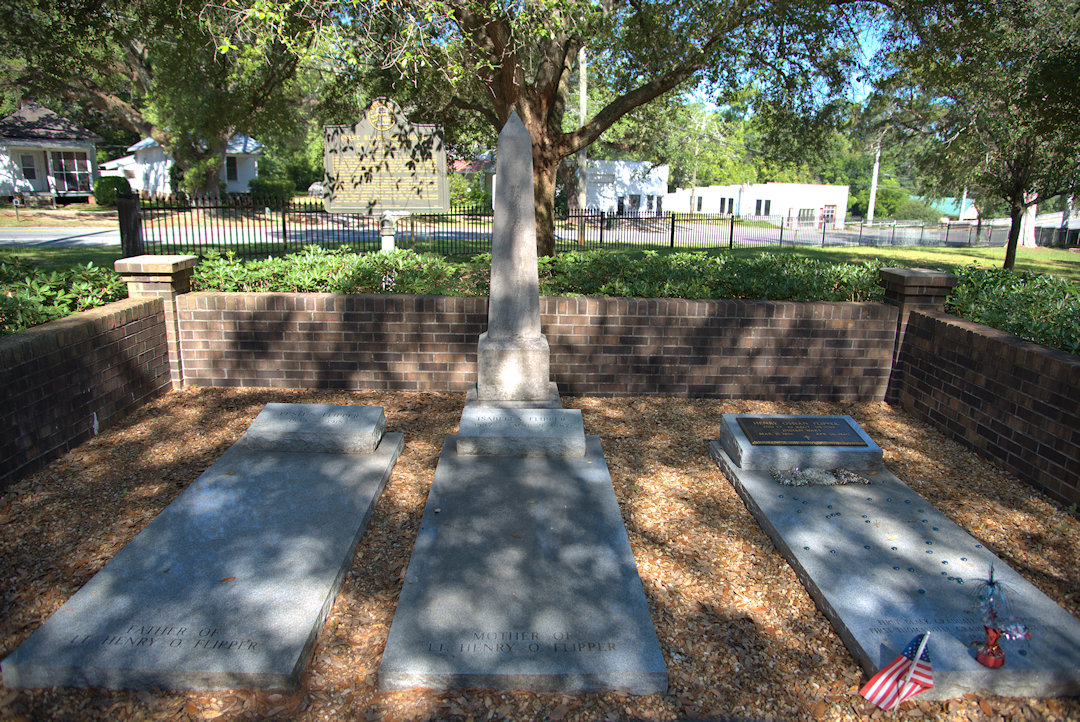
Also buried within the family plot, along with Lt. Henry O. Flipper, are his parents, J. Festus Flipper (1832-12 December 1918) and Isabella Buckhalter Flipper (1837-21 August 1887).

This is NOT a Black Cemetery. It is the Old Thomasville City Cemetery. Confederate graves particularly of the 29th Georgia Infantry Regiment are just a bit west of the Flipper interment site and the graves of my Spear family, all unmarked except by seashells or bricks, are just to the west of the Confederate graves.
Actually, the old city cemetery is adjacent to this one. According to the city, and the National Register, this is a Black cemetery. I’ve also photographed the old cemetery, which I’ll be publishing soon. I documented one of the seashell graves there. It’s possible that some unmarked burials here are overflow from the old cemetery, but otherwise it wouldn’t have been the norm for whites and blacks to bury together at that time. Of the headstones in Flipper Cemetery I investigated, the decedents were definitely Black.